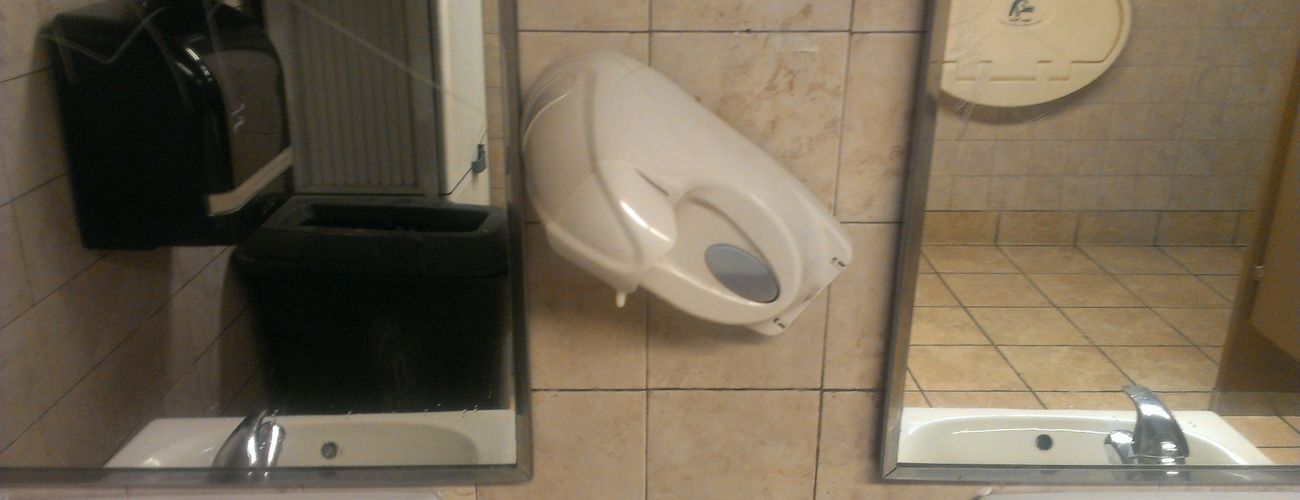I picked up a Behringer B215A Powered Speaker and it served me well for just under a year. I somehow blew the tweeter during a Xome performance! Imagine that! By the time I thought about

I picked up a Behringer B215A Powered Speaker and it served me well for just under a year. I somehow blew the tweeter during a Xome performance! Imagine that! By the time I thought about